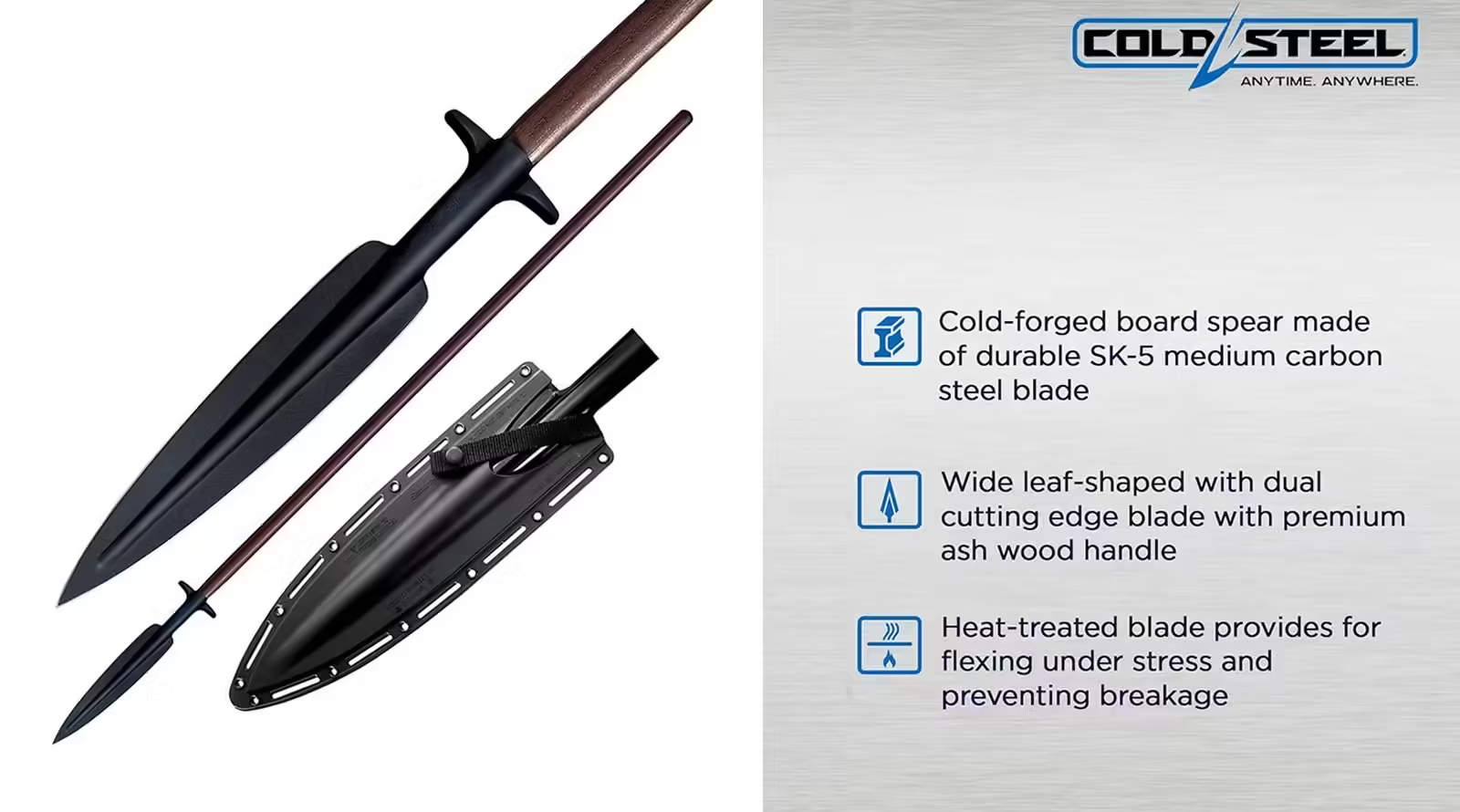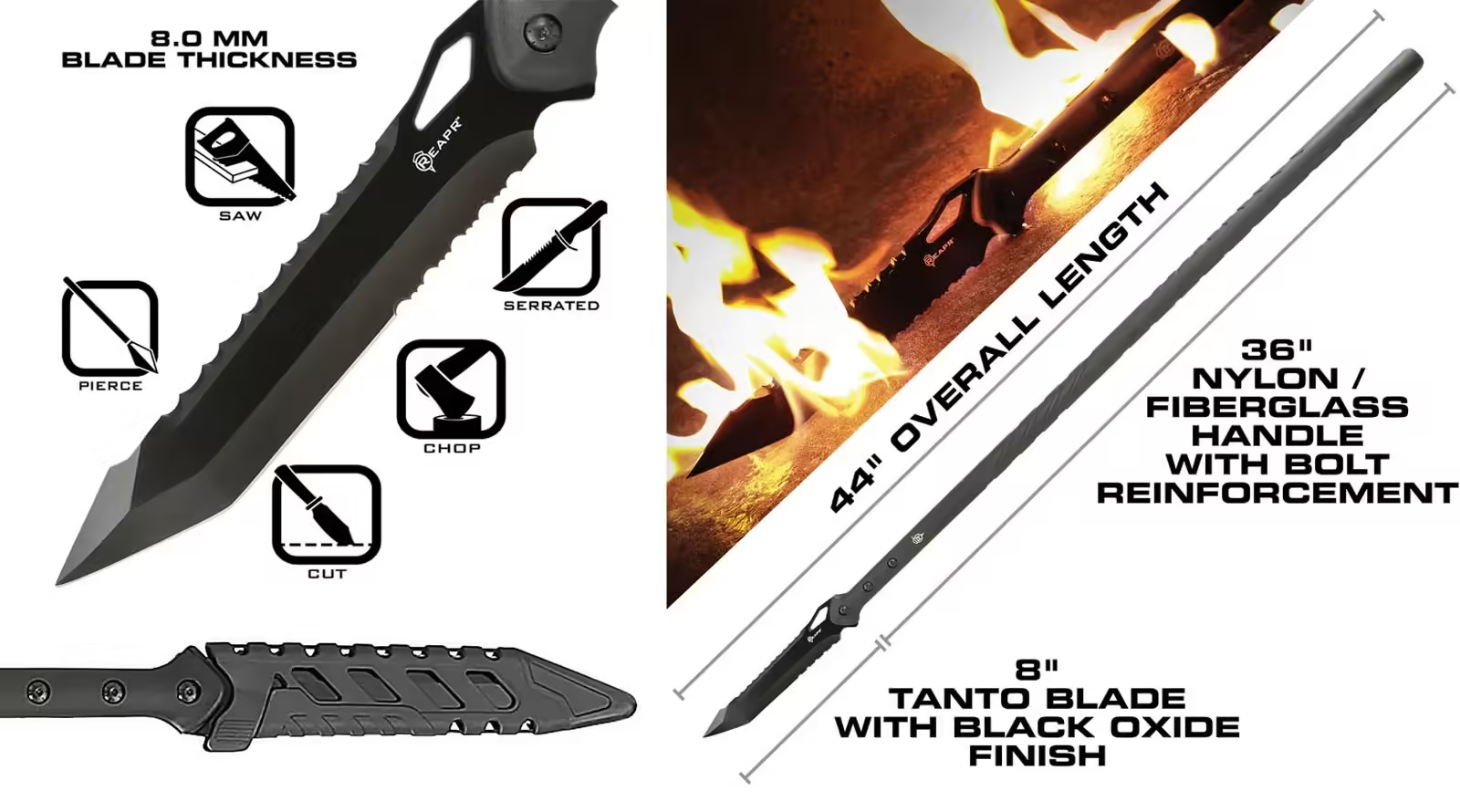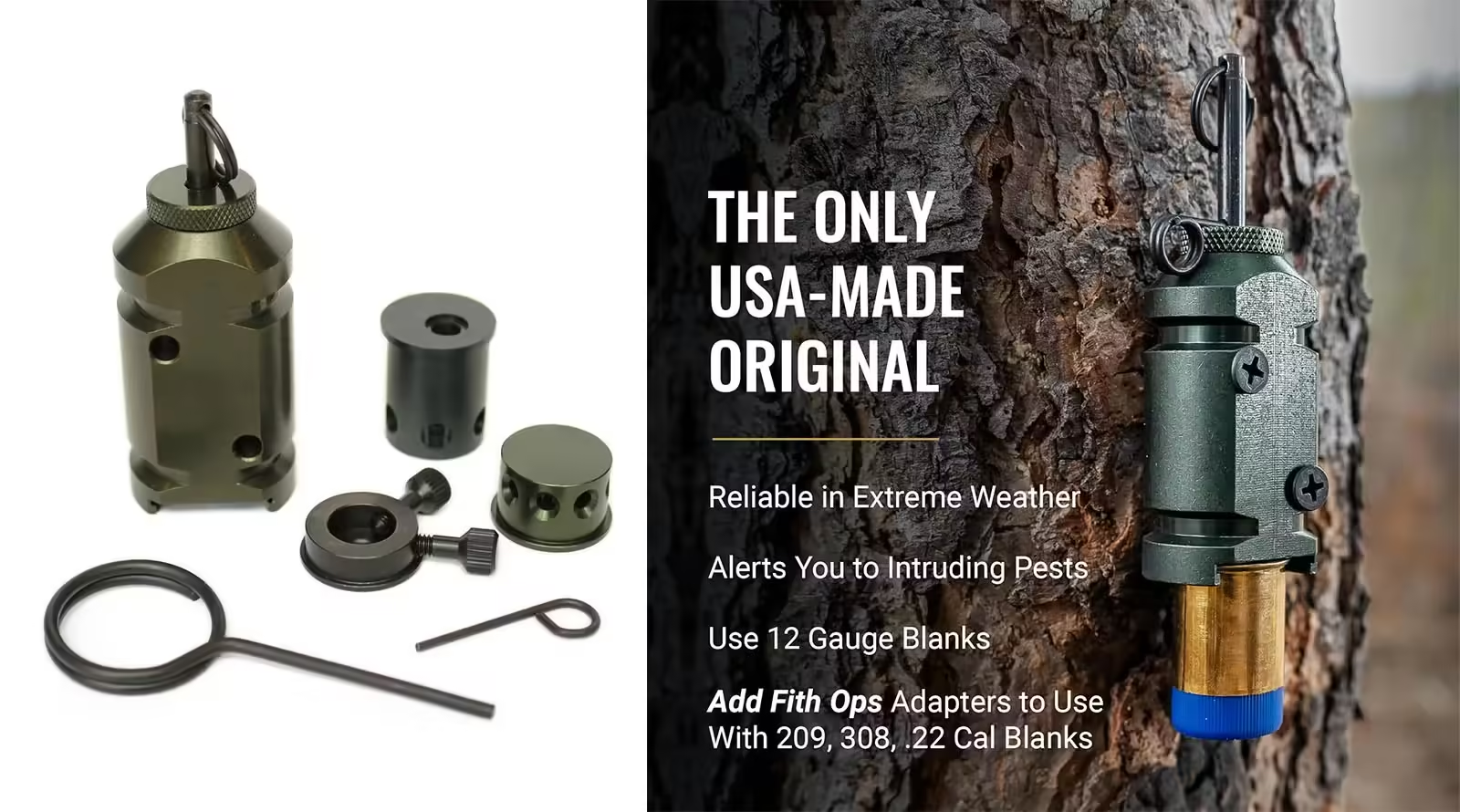As its name suggests, a Bug Out Bag (BOB) is a portable kit that contains essential survival items one would need to evacuate and sustain themselves for a minimum of 72 hours. This concept has its roots in military history, specifically from the practice of soldiers preparing themselves for rapid deployment and survival in diverse and unpredictable conditions.
Natural disasters such as hurricanes, earthquakes, and wildfires are becoming more frequent and intense, leaving individuals and families with limited time to gather essentials and evacuate. Moreover, civil unrest, power outages, and pandemics have also served as a wake-up call for many, spurring a surge in the popularity of Bug Out Bags.
To truly grasp the importance of Bug Out Bags, consider the statistic that only a fraction of households in the United States are adequately prepared for an emergency situation. This means that a majority of individuals are ill-equipped to handle sudden disruptions to their daily lives, increasing their vulnerability during times of crisis. Having a well-stocked and strategically packed Bug Out Bag can alleviate some of this unpreparedness and ensure a greater chance of survival.
Bug Out Bags 101: The Ultimate Prepping Essentials
A bug out bag, also known as a go bag or 72-hour kit, is a portable kit filled with essential supplies to sustain an individual or a group during an emergency situation. It is a crucial element of any prepper’s preparation strategy, providing the necessary items to survive for at least 72 hours when evacuating or facing a disaster.
The Basics: What Should Your Bug Out Bag Contain?
When building your bug out bag, it is important to consider the specific needs and preferences of yourself and your family. However, there are certain fundamental items that should be included in every bug out bag:
- Water: Pack enough water to sustain each person for at least 72 hours. An average recommendation is one gallon per person per day.
- Food: Choose non-perishable, high-calorie food items that are easy to prepare and require minimal water. Examples include energy bars, canned goods, and dehydrated meals.
- Shelter: Include a lightweight tent, emergency blankets, or a tarp to provide temporary shelter.
- Clothing: Pack appropriate clothes for the climate and weather conditions. Include extra layers, sturdy shoes, and rain gear.
- First Aid Kit: Include essential medical supplies such as bandages, antiseptics, pain relievers, and any personal medications.
- Tools: Carry a multi-tool, a Swiss Army knife, flashlight, extra batteries, a fire starter, and a whistle. These tools can be invaluable in various situations.
- Communication and Navigation: Include a portable radio, whistle, compass, and a map of the local area.
- Personal Hygiene and Sanitation: Pack wet wipes, toilet paper, hand sanitizer, and any necessary hygiene products.
Considerations for Bug Out Bags
While the basic supplies are crucial, there are additional factors to consider when creating your bug out bag:
- Weight and Mobility: Your bug out bag should be lightweight and portable, allowing you to move quickly and comfortably. Consider the weight of each item and prioritize essential items over non-essential ones.
- Seasonal and Geographic Variations: Adapt your bug out bag according to the specific weather conditions and geographical features of your area. For example, if you live in an earthquake-prone region, include a sturdy pair of gloves and a dust mask in case of debris.
- Review and Refresh: Regularly review and update your bug out bag contents to ensure everything is in working order and up to date. Check expiration dates on food and medications, and replace any worn-out or expired items.
- Personal Considerations: Customize your bug out bag based on your individual needs and circumstances. Consider any specific medical conditions, allergies, or dietary restrictions that may require additional supplies.
Why Bug Out Bags are Essential for Prepping
Bug out bags are a vital component of emergency preparedness for several reasons:
- Rapid Response: In the event of an emergency or disaster, time is of the essence. Having a ready-to-go bug out bag ensures you can quickly grab essential supplies and evacuate if necessary.
- Self-Reliance: By having a bug out bag prepared with essential items, you become more self-reliant during challenging situations. It allows you to focus on your own safety and well-being without relying solely on external assistance.
- Flexibility: Bug out bags can be customized to meet your specific needs and circumstances. Whether you are facing a natural disaster, civil unrest, or any other emergency, having a well-prepared bug out bag gives you flexibility and adaptability in various scenarios.
- Peace of Mind: Knowing that you have a bug out bag ready to go provides peace of mind in uncertain times. It enhances your overall readiness and ability to respond effectively to emergencies.
Frequently Asked Questions
1. What is a bug out bag?
A bug out bag, also known as a go bag or emergency kit, is a portable bag filled with essential items to help you survive for a short period of time during an emergency situation or evacuation.
2. What should I include in my bug out bag?
Some essential items to include in a bug out bag are water, food, a first aid kit, a flashlight, a multi-tool, a portable charger, extra clothing, a map, and important documents.
3. How much water should I pack in my bug out bag?
It is recommended to pack at least one gallon of water per person per day for drinking and sanitation purposes.
4. How long should my bug out bag be able to sustain me?
Your bug out bag should ideally be able to sustain you for at least 72 hours. However, it is a good idea to have supplies that can last longer in case of extended emergencies.
5. Can I customize my bug out bag?
Absolutely! It is highly recommended to customize your bug out bag based on your specific needs and the climate and terrain of your region. Make sure to include items that you personally find useful and important.
6. Should I include weapons in my bug out bag?
It is generally not advised to include weapons in your bug out bag. However, if you feel the need for personal protection, consult local laws and regulations and consider non-lethal options like pepper spray.
7. How often should I update my bug out bag?
It is advisable to examine and update your bug out bag at least once a year. This will help ensure that all items are in working condition, food and water supplies are fresh, and that your bag meets your changing needs.
8. Can I use a regular backpack as a bug out bag?
While a regular backpack can work as a temporary solution, it is preferable to use a dedicated bug out bag that is specifically designed for emergency preparedness. These bags often come with additional features and compartments to help you stay organized.
9. Can I store my bug out bag in my car?
It can be a good idea to keep a bug out bag in your car, especially if you spend a significant amount of time away from home. However, extreme temperature conditions in vehicles can affect certain items like batteries, so regular inspection and rotations are necessary to ensure their effectiveness.
10. Should I have multiple bug out bags?
It is wise to have multiple bug out bags, especially if you have a family or plan to evacuate with others. Each bag should contain the necessary supplies for one person, making it easier to distribute the load and cater to individual needs.
Conclusion
Having a bug out bag is an essential element of prepping for any emergency or disaster situation. First, the bag itself should be durable, waterproof, and comfortable to carry. It should also be easily accessible and organized to quickly locate items when needed. Secondly, the contents of the bag should include essential items such as food, water, first aid supplies, communication devices, and tools for survival. It is also crucial to consider the specific needs of yourself and your family, including any medical conditions or dietary restrictions.
Additionally, understand the importance of regularly maintaining and updating your bug out bag. It is vital to check expiration dates, rotate food and water supplies, and ensure equipment is in good working condition. Regularly reviewing and updating the bag’s contents will help to ensure that it remains relevant and useful in emergency situations. Lastly, having a well-thought-out evacuation plan is equally important. Knowing when and where to go, as well as having alternative routes and destinations, will greatly increase your chances of successfully navigating a crisis. By following these guidelines and investing time and effort into building a comprehensive bug out bag, you will be better prepared to handle unexpected emergencies and protect yourself and your loved ones.





